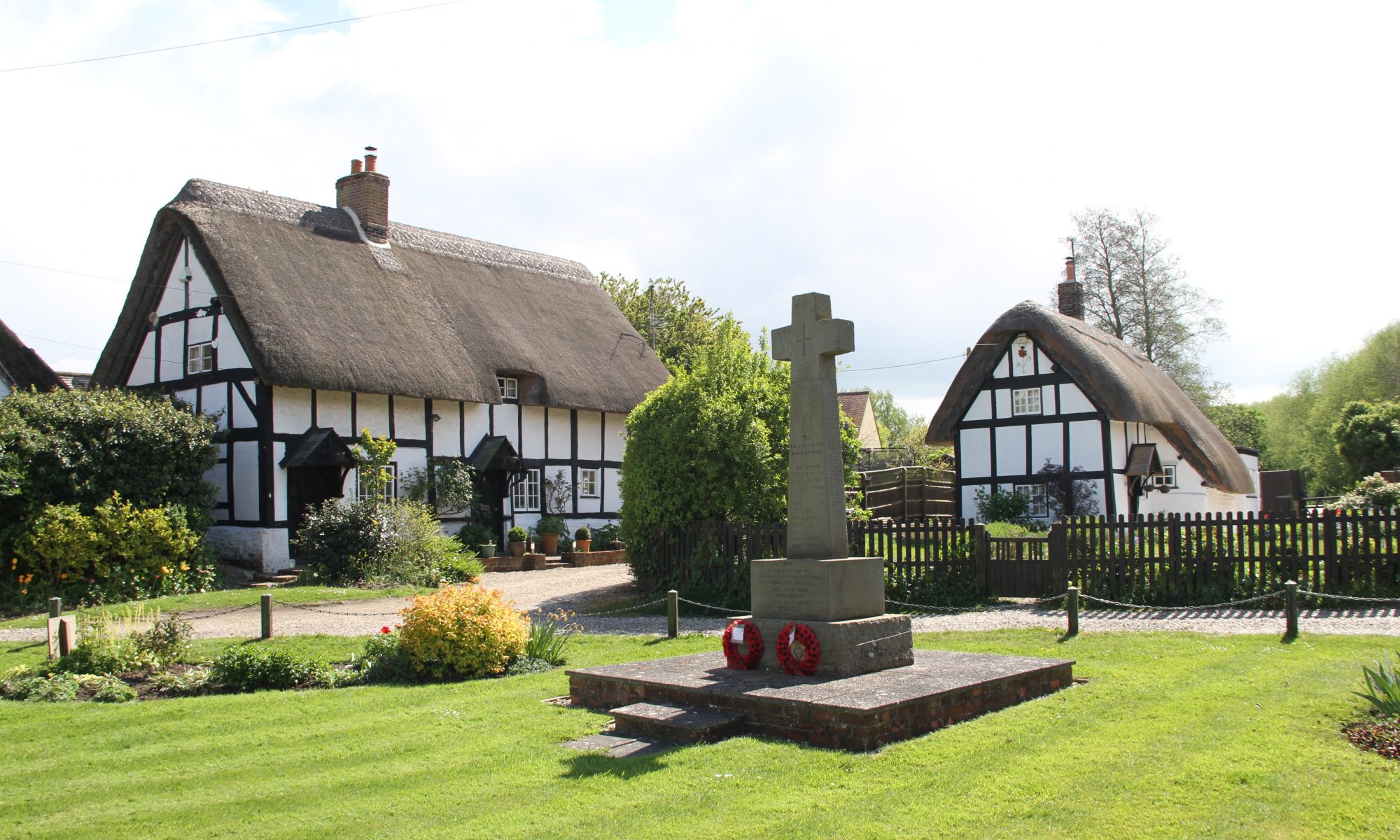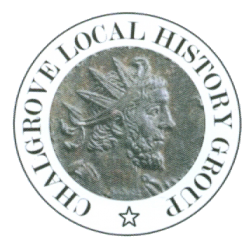John Hampden died of wounds received at the Battle of Chalgove on Saturday 24th June 1643 in Thame. On the 26 June 1643 Rob Goodwin wrote a letter to Col. Sir Thomas Barrington, in which he mentions the death of John Hampden on the previous Saturday nignt.
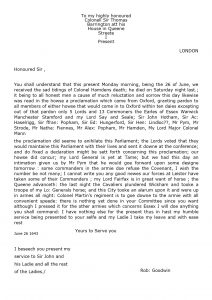
‘we received the sad tidings of Colonel Hamdens (sic) death; he died on Saturday night last.’.
However, he does not mention any funeral or any funeral arrangements.
On the evening of Saturday 24th June Royalist forces were threatening to overwhelm Essex’s headquarters in Thame. In the midst of this turmoil John Hampden died. A dead John Hampden was a great prize for the Royalists. His body and grave had to be kept hidden.

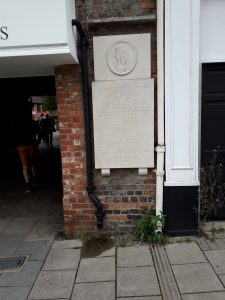
The Worthy Discourse
Traditionally it is stated that on the 25th June with Drums muffled and Colours furled the Regiment followed the coffin to Great Hampden. Six pall bearers carried the coffin towards the mournful villagers and the body of Col John Hampden was received at the church by Rector Robert Lenthall. It is this story that is depicted on the base of John Hampden’s statue in Aylesbury.
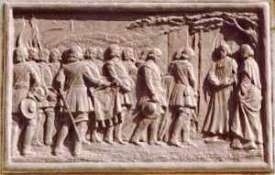
The above scene is said to have been taken from ‘The Worthy Discourse Between Col John Hampden and Col Oliver Cromwell’ an account said to have been published in 1647 by Dr William Spurstow. In 1847 Lord Nugent published what he stated was a verbatim copy of ‘The Worthy Discourse’. Nugent had realised that Hampden’s burial was a secret affair for when he came to exhume John Hampden in July 1828 he was unable to find the grave. (For details of the suppossed exhumation see: here) Lord Nugent’s 1847 publication of ‘The Worthy Discourse’ is a complete fabrication which cannot be attributed to Dr William Spurstow. Nugent described in The Worthy Discourse the funeral that he thought Col John Hampden deserved.
Most Likely Scenerio
Hampden died in the evening of the 24th June. Following his death his son Richard Hampden collected the body and took it Great Hampden. In the early hours of the 25th June Col John Hampden was lowered into a pre-dug grave. On covering the coffin with earth and replacing the tiles Richard Hampden closed and locked the door to the church. The grave was marked by a Surcoat of Arms that was hung at the entrance to the Chancel above where John Hampden is buried. After the 24th June John Hampden is never seen or heard of again except for an entry in Great Hampden’s parish register. There was no memorial stone raised to mark his grave and his place in the church remained unknown until 1663 when John Yates was appointed Rector and carried out a survey of the Chancel (see below).
Parish Register
From the parish register of Great Hampden (aka Hampden Magna) it would appear that John Hampden was buried on 25 June 1643. However, above the entry of John Hampden’s burial is an entry on the right had side of the page that reads: ‘Robert Lenthall Rector Novb: 30. 1643’. This shows that the entry for John Hampden’s burial was made by Robert Lenthall after he took over as incumbent.
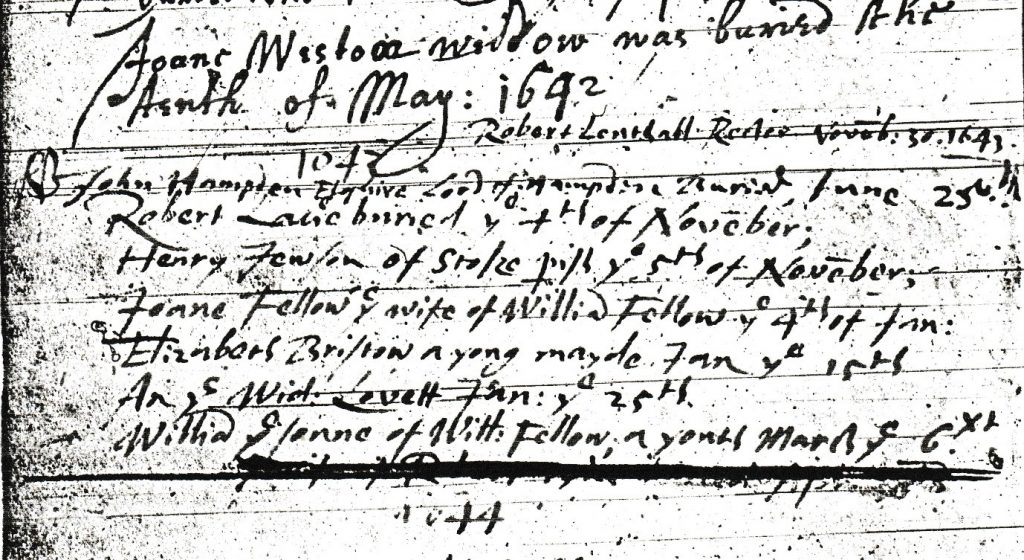
Note: According to the Clergy of the Church of England Database (CCEd) ( https://theclergydatabase.org.uk/ ) Robert Lenthall was appointed Rector of Hampden Magna on 10 November 1643 the patron being Richard Hampden see: ‘Lenthall, Robert (CCEd Person ID: 8618)’- The Clergy of the Church of England Database 1540–1835, last checked 19 Jan 2021.Prior to this appointment Robert Lenthall had been kicked out of the Massachusetts Bay Colony, New England in 1642 and is exact whereabouts in June 1643 aren’t known, but it is likely he is travelling back to England from New England. The entry of 30 November 1643 is probably when he brought the burial register up to date by inserting the burial entry for John Hampden and the the next two burials one dated 4 November and the other 5 November.
Robert Lethnall eventually left Great Hampden sometime in late 1647 after burying his daughter Sarah (11 Aug 1647), wife Susanna (27 Aug 1647), his son Adrian (2 Sept 1647) and cousin John Pickering (25 Sept 1647) all of whom died of “the sickness”.
The incumbent prior to Robert Lenthall was William Spurstowe who according to the Church of England records appears to have left Hampden Magna in May 1643 to take up a position in Hackney. see: Spurstowe, William (CCEd Person ID: 115167), The Clergy of the Church of England Database 1540–1835, last checked 19 Jan 2021. Therefore there is no incumbent at the time of John Hampden’s burial.
For a complete list of incumbents of Great Hampden up to 1785 see: ‘Great Hampden (CCEd Location ID: 7158).’ The Clergy of the Church of England Database 1540–1835, last checked 19 Jan 2021.
The incumbent following Robert Lenthall was John Saunders who was appointed Rector on 18 January 1661. So it would appear that for the period 1647 to 1661 there was no incumbent at Great Hampden, this was not uncommon during this period and even today there can be a period when a parish has no appointed incumbant. In 1662 John Saunders was expelled for nonconformity. Then in July 1663 John Yates was appointed Rector. One of his first jobs it was to record the location of the tombs in the chancel, prior to the floor being raised. Yates documented in detail the sites of the tombs and what he saw in the Chancel in a document he called Hampden Magna (For a full transcript click here). On first inspection of this document John Hampden’s tomb is not mentioned. However Yates states that at the entrance to the Chancel there is a Surcoat of Arms belonging to the Hampdens with a Mantle Helmet & Crest between 4 Penons one whereof is torn and below the Penons hangs a Shield thereon the Arms of Hampden. See below for image of the page from Hampden Magna and a transcript.

‘At the Entrance into the Chancel hang a Surcoat of Arms belonging to the Hampdens with a Mantle Helmet & Crest bet: 4 Penons One whereof is torn the other are as follows
1 Hampden impal on a Cross int: 4 display’d Eagles 5 lions (rampa)rt sab:viz Paget’
2 Hampden impal …. a Lyon rampant Arg
3 Hampden impal … Fess sab: & Arg 3 Trefoils slip’d Counter angel vis: Foley
Under these Penons hangs a shield thereon the Arms of Hampden”.
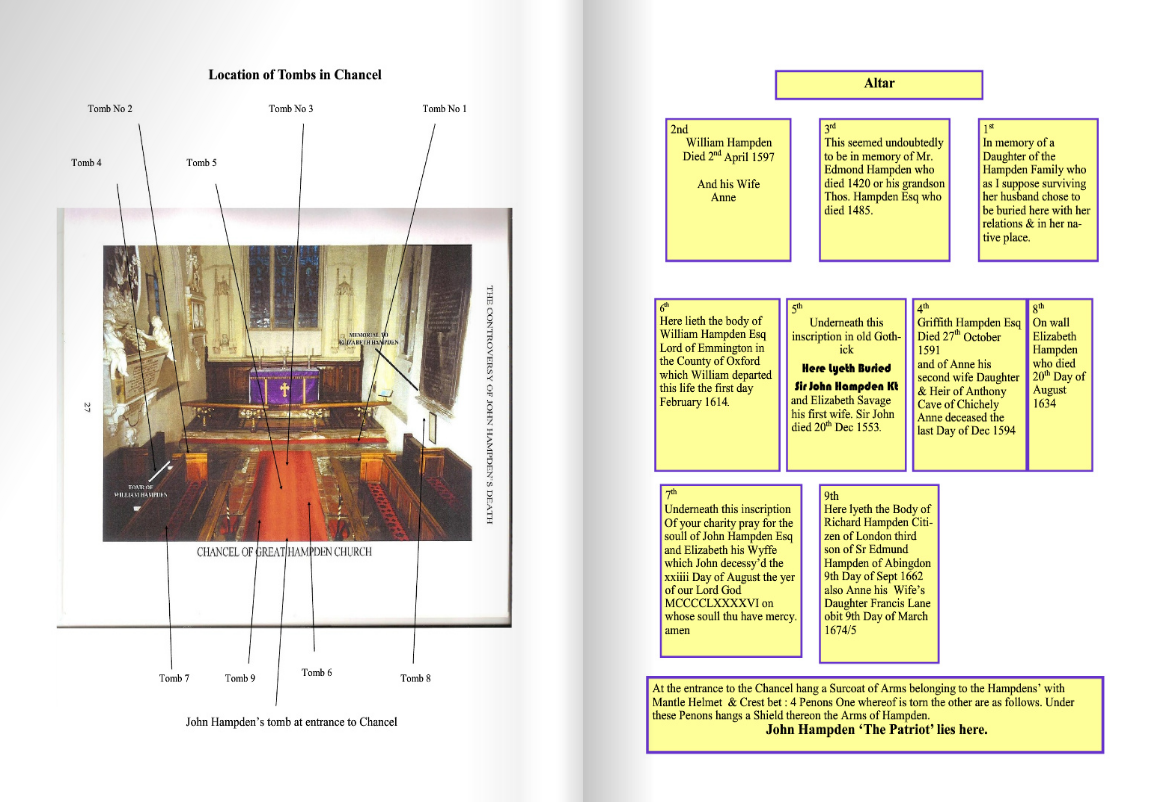
The Surcoat of Arms displaying the Helmet and Crest represents Hampden and the four Penons (small flags) symbolise he is among friends. The torn Penon signifies that John Hampden has been ripped away from his friends. Three of the four Penons are described and below the Penons hangs a Shield thereon the Arms of Hampden depicting that from his grave John Hampden will protect his friends.
The site of John Hampden’s grave was unmarked and kept secret from everyone. The exact location of Hampden’s last resting place may have been taken to Richard Hampden’s grave. However, by studying Hampden Magna it is possible to work out the location of John Hampden’s grave.
Beneath the entrance to the chancel, directly as described above and in a shallow grave is an oak casket. This information was passed to Derek Lester by the Church Warden of St Mary Magdalene’s church. Derek was told that during the installation of underfloor heating the top of the oak casket was seen. Only Lords of the Manor and sometimes Clergy are buried in the chancel and from Hampden Magna the siting of all the other graves within the chancel is known, so there is a good possibility that this oak casket is John Hampden’s coffin.
John Hampden was interred in the family church and his likely resting place is at the entrance to the Chancel.
Back to main battle page Battle of Chalgrove 1643
